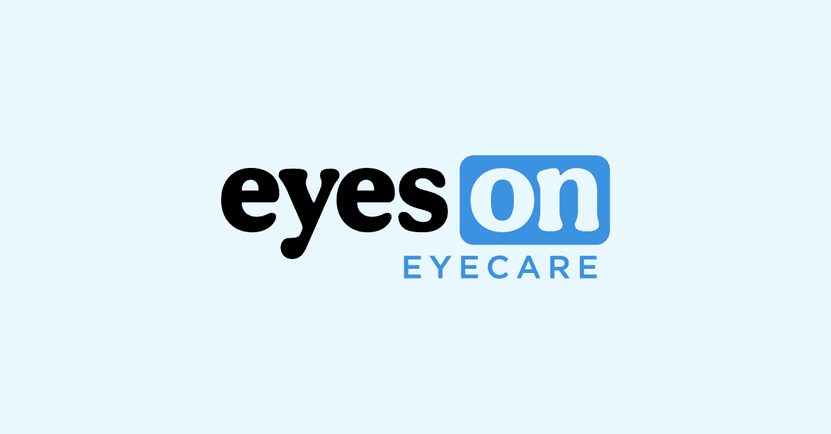Whether it is ARMD, glaucoma, or astigmatism, explaining ocular disease conditions to your patient can be a challenge.
As optometrists, we spend four years learning how the eye works and what needs to be done to correct the problem. Our patients, however, come to us with a variety of experiences. Some may have a medical background of their own, while others have never seen an optic nerve. Explaining ocular disease to your patients is tricky!
Here are a few tips for explaining things to your patients, regardless of their background, to help ensure patient compliance and satisfaction.
The Simplest Explanation of Ocular Disease Is Sometimes Best
Try to keep your explanation short and allow your patient to ask questions.
Your patient's questions will help you gauge his or her level of understanding. You can use the questions as a starting point for further explanation. It is helpful to start with the name and location of the problem and how it can be treated or managed.
Eye Models Are Your Friends
Nothing is simpler than pointing to an area on an eye model and saying “this here is the problem.”
Your patients will appreciate the effort and you will be able to spend more of your time explaining treatment instead of trying to describe its location. To a patient unfamiliar with ocular anatomy, this can mean the difference between walking out of your office confused, and possibly less likely to comply with your instructions versus having an idea of what is happening and why they should be compliant.
Pamphlets Can Help Fill in The Blanks
Having pamphlets about a condition allows the patient to take something home to review later.
A good pamphlet should describe and explain the condition, offer a potential prognosis, and list treatment alternatives. The best pamphlets will have illustrations relevant to the condition and might depict vision simulations of how the condition can affect their sight. If you do not have access to pamphlets—or if you want to give more information—consider having a list of links for reliable online resources on various conditions.
Some online resources, such as the National Eye Health Institute provide pictures of what vision could be like with major ocular diseases such as glaucoma, cataracts, and diabetic retinopathy.
Be Patient
Hearing bad news, or even not-so-good news can be overwhelming and scary; recent polls show that the fear of sight loss comes second only to fear of death for most Americans.
Your patient may seem to zone out halfway through an explanation, but they are probably just trying to cope and process. If you send them off with a pamphlet, they have something to read over after they’ve had a chance to calm down a bit- and something to show to family. If you do not have a pamphlet available, encourage your patient to take notes.
Give Good News
No matter how bleak the prognosis may seem, there is almost always a bit of good news.
You don’t want to launch into a long explanation about any disease without letting your patient know that hope is available. If you think that your patient is particularly sensitive- or their eyes well up with tears after you mention the name of a disease- start the conversation with a “good news, bad news” scenario before adding details.
Properly delivering information to patients will increase compliance as well as patient satisfaction. If your patient knows why something is important and walks out of your office with an understanding of his or her condition, that patient is more likely to take their medication and more likely to return to your office for future care.
